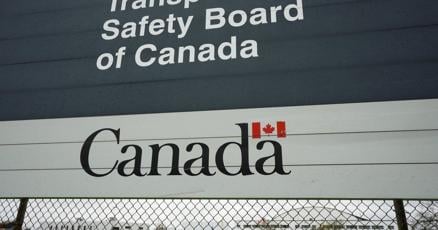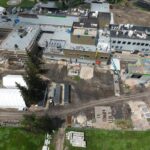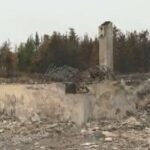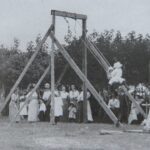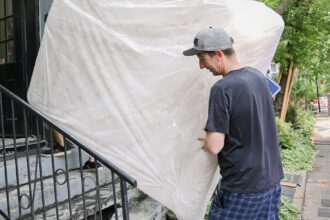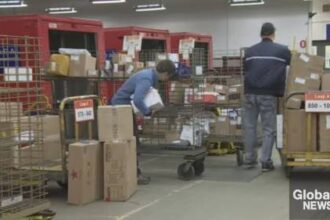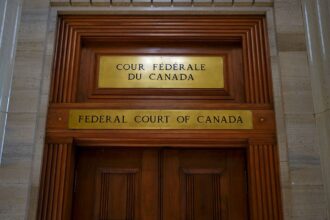A helicopter engaged in a training exercise crashed in Whitehorse on Thursday, prompting an immediate investigation by the Transportation Safety Board of Canada. The incident, which occurred near the Erik Nielsen Whitehorse International Airport, has raised serious questions about flight training safety protocols in the region.
According to Chris Krepski, a spokesperson for the TSB, the Robinson R44 helicopter was conducting a training flight when it went down. While the exact circumstances of the crash remain unclear, initial reports indicate that the aircraft suffered significant damage upon impact.
“We’ve dispatched a team of investigators to the site to gather information and assess the situation,” Krepski told CO24 News. “Our priority is to understand what happened and determine if there are broader safety implications that need to be addressed.”
The Whitehorse RCMP confirmed that emergency services responded swiftly to the scene. In a statement released through the CO24 Canada portal, police indicated that all occupants of the helicopter were transported to a local hospital for medical assessment, though the severity of injuries has not been disclosed.
This incident follows a troubling pattern of aviation accidents in Canada’s northern territories. Last year, the TSB investigated three separate aircraft incidents in Yukon, highlighting the unique challenges of northern aviation, including extreme weather conditions and remote locations.
The Robinson R44, a light helicopter popular for training and private use, has previously been subject to safety advisories from aviation authorities. Industry experts speaking to CO24 Business have noted that while the model is widely used, it requires specific handling techniques, particularly in challenging weather conditions.
“Training flights inherently carry some risk as pilots develop their skills,” explained aviation safety analyst Margaret Wilcox. “However, these risks should be mitigated through proper supervision and adherence to strict safety protocols.”
The TSB’s investigation will likely take several months to complete, with investigators examining maintenance records, weather conditions, pilot experience, and potential mechanical failures. Their findings could have significant implications for flight training regulations across Canada.
Local residents reported hearing unusual engine sounds moments before the crash. “It didn’t sound right—there was a stuttering noise, then silence,” said Thomas Holloway, who was walking his dog near the airport perimeter. “Then I heard the impact. It was terrifying.”
As the investigation unfolds, the incident has reignited discussions about the balance between necessary training exercises and safety considerations in Canada’s aviation industry. The outcome of this probe could potentially influence training procedures not just in Yukon, but throughout northern Canada where similar conditions prevail.
What remains to be seen is whether this incident will prompt regulatory changes to helicopter training protocols, or if it will be determined to be an isolated event with specific contributing factors. As communities across the North rely heavily on aviation for essential services, how can we ensure that training the next generation of pilots doesn’t compromise the safety standards that passengers depend on?

